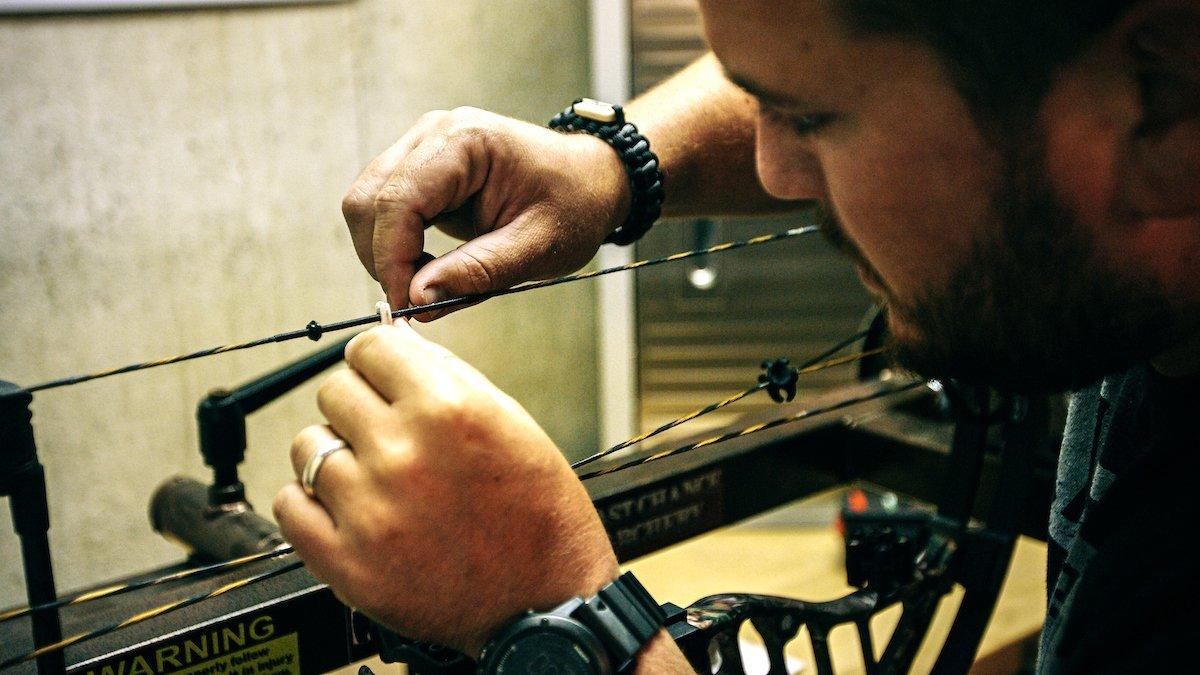Have You Ever Revived Any Old Bow?
Do you need a new bow, or just a few upgrades to the one you already own?
It's interesting to note equipment we thought cutting edge just five years ago is suddenly rendered obsolete with the introduction of new technology. I guess some believe that failing to keep up with the Jones' makes their old compound bow somehow less-lethal. Yet you might have found yourself pinching pennies and doing without. This is especially true of major new-gear purchases. Not to worry. Your old bow's probably fine; after all it got the job done when first purchased, right? More encouraging, your old bow can likely be brought up to speed by replacing less-expensive accessories instead of the entire bow.
Before we get started, it's important to remember several areas of your hard-working bow that likely need close inspection. Strings and buss cables are an obvious starting point. Do they look frayed and tired? If you have put more than a couple years of hard shooting on them they should probably be replaced. This also provides opportunity to install the latest no-creep materials, assuring lasting tuning and peeps that turn true every shot. Closely inspect high-wear points such as cam bushings and spacers, axles and cable slides. By putting the bow in a vice and relaxing tension, a pro-shop technician should be able to instantly detect cam slop or wobble, indicating a need for replacement parts. Bushings, spacers and axles are quite affordable and can be swapped out in minutes. A new cable slide (quiet Teflon preferably) is likewise cheap and a snap to replace.
While conducting a thorough inspection, pro shops should also seek limb cracks that render a bow potentially dangerous (replacement limbs are oftentimes affordable for discontinued bows; if not the bow should be scrapped), or stripped limb-bolt heads and riser taps that can be replaced or re-cut with a standard tap and die set. Once your old bow is deemed safe and tight, it's time to update accessories.
A New Arrow Rest
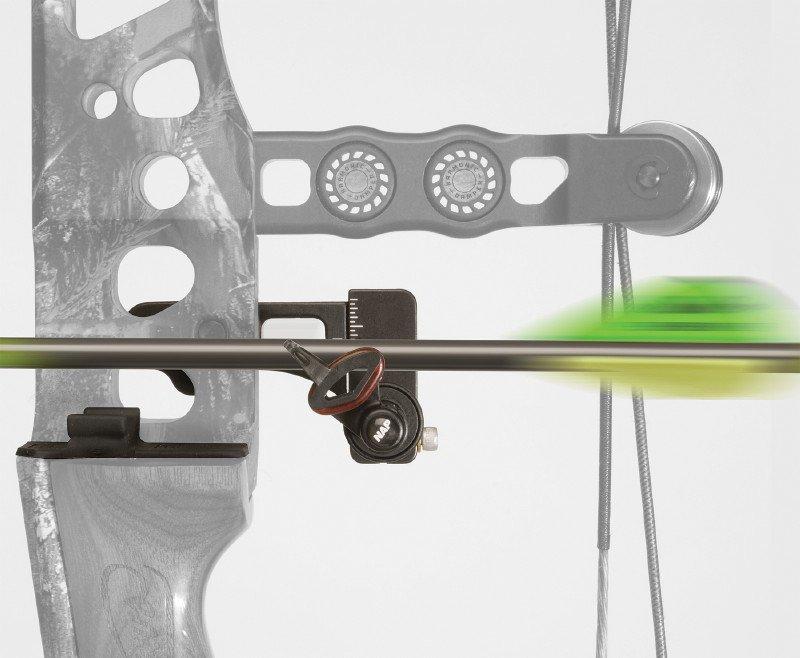
Click here to check out the newest drop-away rests from QAD.
Better Arrows
Archery legend Howard Hill once said, Always shoot your best arrow. There will always be those who make buying decisions based on price alone, but if you want to shoot your best, never skimp on arrows. They are the delivery system for our lethal broadheads. Arrow quality is defined by straightness, matched weight and spine consistency.
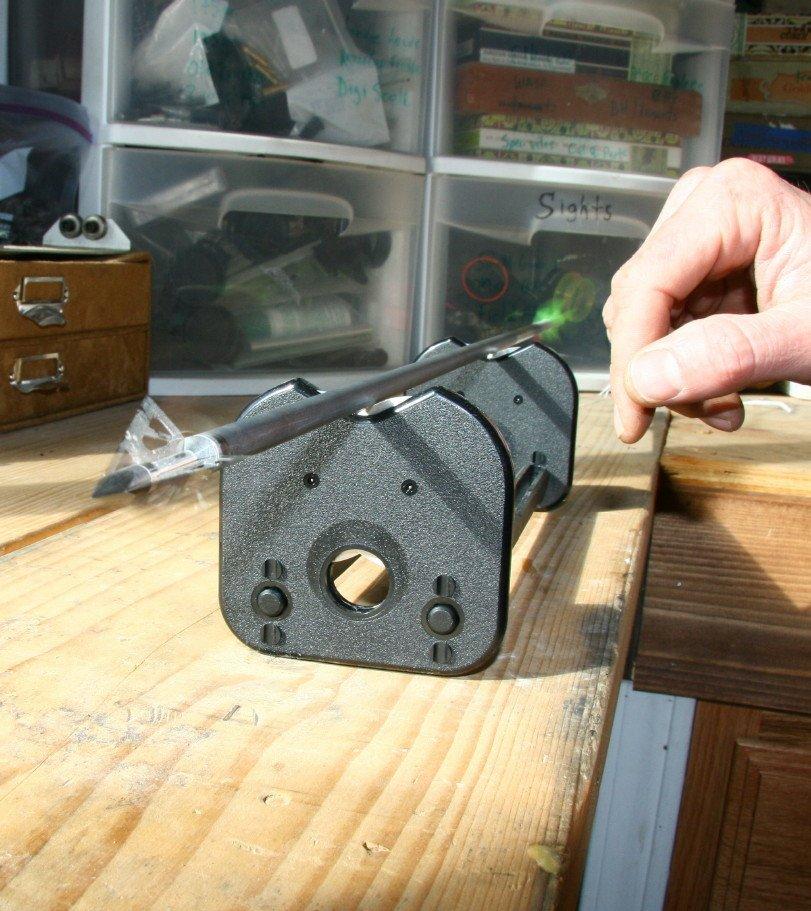
Despite higher initial costs, new technologies make it tougher than ever to break or splinter carbon hunting shafts, meaning a dozen arrows will be around longer, translating into long-term savings. In short, straighter, more consistent arrows equal more accuracy at longer ranges and tighter groups at any distance. Better arrows also provide added confidence when bowhunting under demanding conditions. Buy the best, even if they cost more, and you'll shoot better in the end.
And check out the Beman ICS White Out arrows.
Better Sights
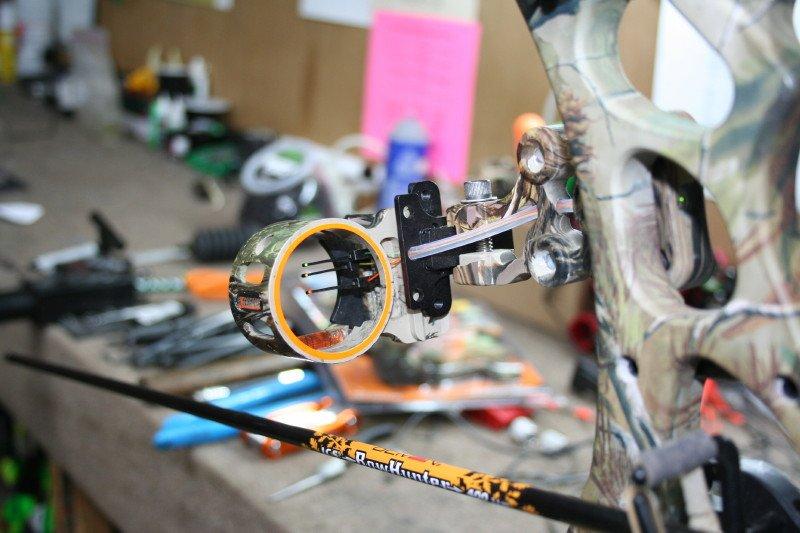
Another worthwhile design development are the round pin guards that make it easier and faster to acquire and lock into perfect peep alignment while aiming. The human eye has a natural proclivity for centering circles within circles, like a peep sight on a rifle. By centering a round pin guard (preferably brightly highlighted with bright or luminescent paint or adhesive ring) inside a round peep, shooters receive rock-solid alignment while also employing a much larger peep diameter (say ¼ inch), which better facilitates low-light shooting efficiency.
A new sight makes it easier to get sighted in, easier to aim carefully and assures sighting remains intact during the roughest treatment.
Also, check out the new sights from APEX.
Dampening Stabilizers
Active stabilizers are designed to actively absorb excess noise and vibration after release. Basic principles include pistons, rubber couplers, powder fill or parts suspended in or surrounding elastic-polymer gels. This active dissipation actually helps any bow shoot straighter (as well as absorbing noisy excess energy, which can spook game). They accomplish this by absorbing accuracy-eroding vibrations and shock from the moment the string begins to move forward and continue to do so long after the arrow leaves the arrow rest, absorbing energies that would otherwise initiate bow movement and take arrows off target.
See some new Tru-Glo stabilizers here.
Wrist Sling
The inexpensive wrist sling can make a world of difference in shooting accuracy. One of the biggest killers of shooting consistency and accuracy is bow torque, typically caused by gripping the bow during release. The wrist sling does nothing more than alleviate the fear of dropping the bow during the shot and facilitates a relaxed, open-hand grip. Install a wrist sling, adjust it so it supports the bow, coach yourself to employ a relaxed, open-hand release and you'll automatically shoot more consistently.
Visit Ridgerunner Bow Slings for a look at some custom wrist straps.
New Release Aid
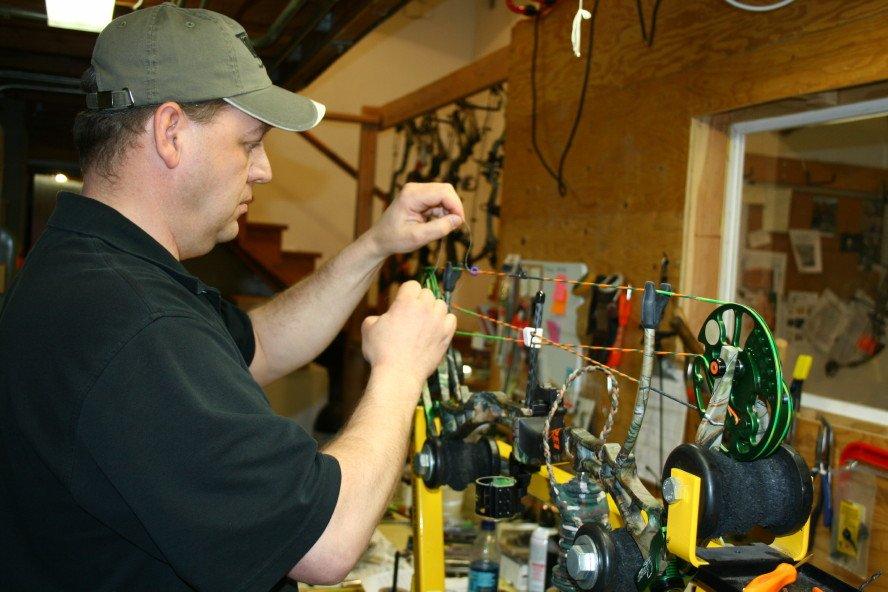
That's not the fault of the design itself, but the way most shooters employ them. Because most of us have shot rifles, we trigger our releases similarly, with our sensitive finger tip. This is the fundamental problem. Add a bit of nerves and the surprise release we strive for is rare indeed. The problem is a factor of the finger tip itself. To make the best of an index-finger release, shorten the connecting strap between wrist strap and the release head and use the pad between the first and second joints, or joint bend itself, instead of the finger tip. Also, while squeezing the trigger in such a manner, squeeze all the fingers together as a single unit for added control.
Yet there are better options to control trigger punching. The most obvious answer is choosing a release other than an index-finger-activated design. Sure, this will require some time to become reacquainted with, but in most cases will help you shoot more consistently. Thumb- or pinkie-finger activated releases are an obvious answer. Thumb and pinkie releases typically include T-handle ergonomics with triggers set at one end or the other. Such designs have long been associated with target archery, but can be clipped to a string loop or directly to the string serving via a wrap-around, locking jaw and left in place for quick action while bowhunting.
Check out these three-finger release aids from T.R.U. Ball!
Editor's Note: This was originally published February 7, 2011.
Are you a bowhunter wanting to learn how to accomplish your goals? Check out our stories, videos and hard-hitting how-to's on bowhunting.

